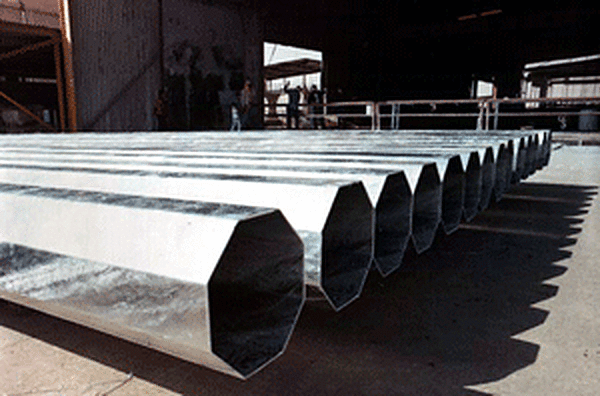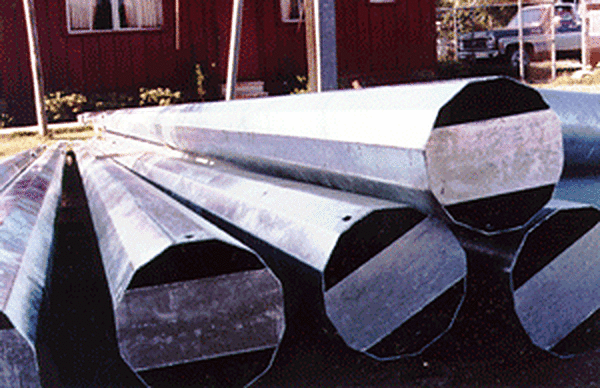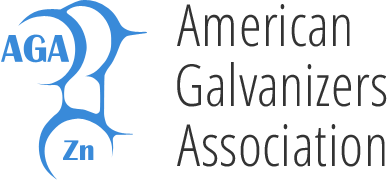Temporary Bracing
Many fabrications are well suited for the galvanizing process as designed while others may need to incorporate slight alterations for best results. Asymmetrical designs or structures containing sections of unequal thickness are a prime example where minor additions help fabrications exit the galvanizing process as intended.

During the galvanizing process, steel is exposed to temperature variations. Fabrications of asymmetrical design or with sections of unequal thickness can exhibit different thermal expansion and contraction stresses leading to changes in shape and/or alignment (warping and distortion). Additionally, welding- or bending-induced stresses residing in the material after fabrication may be released during galvanizing with similar results.

To minimize the phenomenon of distortion and warping and ensure fabrications maintain their original shape, bracing can be utilized. Bracing, whether permanent or removed after galvanizing, provides stability during the thermal expansion and contraction cycle. For best results, bracing is recommended for these types of fabrications; however, occasionally when bracing is not used and warping and/or distortion occur, the part will return to its original shape during cool down.
